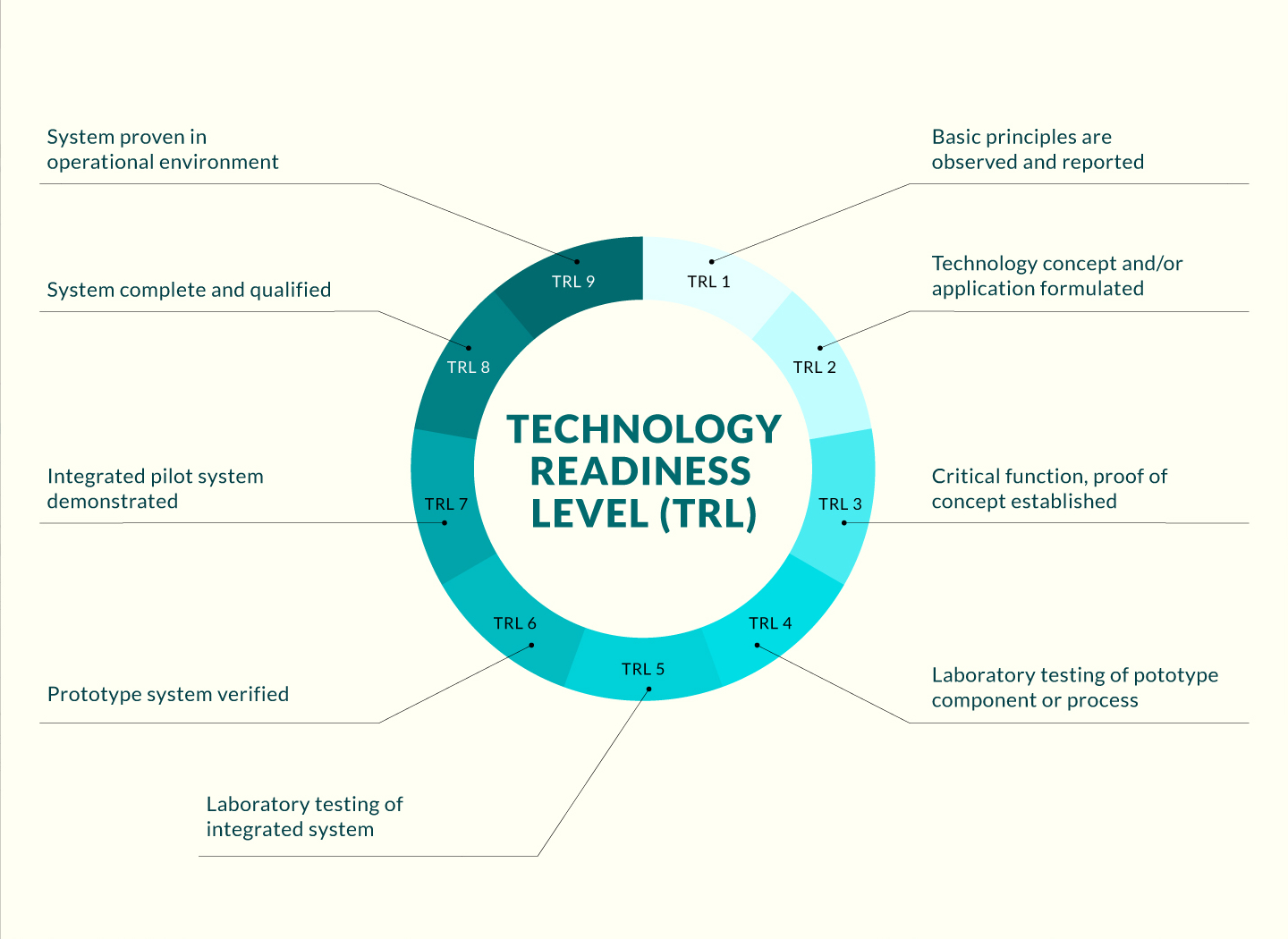

Opportunity
Harmful algal blooms (HABs) reduce water quality and pose a risk to aquatic and human health. As their frequency of occurrence is increasing, it is vital to develop more advanced and effective technologies to control HABs and treat the affected water. Flocculation (the process of aggregating fine particles in a liquid to facilitate their removal), followed by gravity sedimentation, is one way of removing microalgae from natural water. However, traditional flocculant agents (such as natural clay) may lack efficiency and take a long time to remove harmful algae. Furthermore, some materials are inherently toxic in water and thus not suitable for use in natural water sources without a further process to treat the water. Therefore, there is a need to develop a flocculant that is environmentally friendly (i.e., water-stable and not inherently toxic) and does not cause toxins within the HABs to be released into the water upon treatment.
Technology
The novel method involves the use of a chromium-based metal–organic framework (MOF), specifically NH₃-MIL-101, to flocculate harmful cyanobacteria and remove them from water. MOFs have unique structural properties that create a porous network that can effectively interact with and capture microalgae. Although most MOFs lack stability, chromium-based MOFs like the novel NH₃-MIL-101 are chemically stable in water and thus environmentally friendly. This allows the novel MOF to efficiently remove harmful algal blooms from natural water sources without creating secondary pollution and without causing the harmful algae to release intracellular toxins. The method demonstrates high stability and efficiency, requiring low dosages of the MOF and short treatment times, while maintaining effectiveness across a broad range of pH levels and algal densities.
Advantages
- The novel chromium-based metal–organic framework (MOF) outperforms numerous commercially available algal removal materials. It demonstrates high stability and capacity for cyanobacteria removal, requiring lower dosages and shorter treatment times than conventional methods.
- As chromium-based MOFs are environmentally friendly, the novel method reduces the risk of secondary pollution compared with traditional chemical flocculants.
- The novel method minimises membrane damage and cell lysis during the algal removal process, significantly reducing the risk of releasing intracellular toxins into the water.
- Unlike many existing methods, the novel flocculation method is effective across a wide range of pH levels and algal densities, making it suitable for various aquatic environments, including freshwater, brackish water and saltwater.
Applications
- Environmental remediation in water treatment facilities (primary application is harmful algal bloom removal from freshwater sources, with the potential for extension to other types of aqueous environments)
- Aquaculture operations and agriculture



